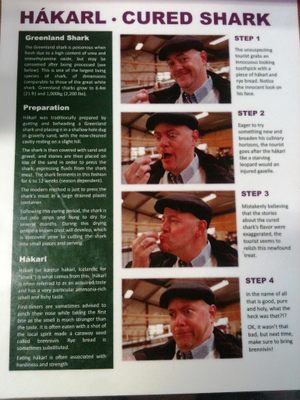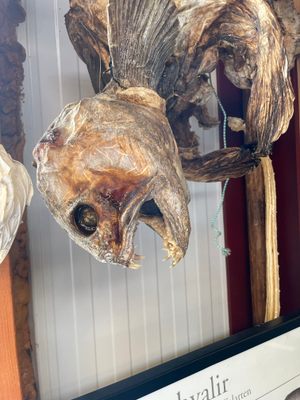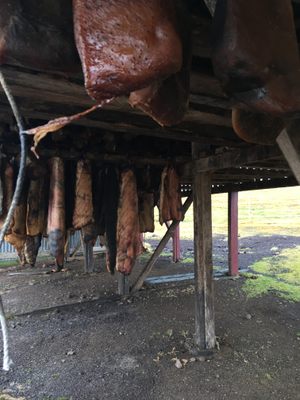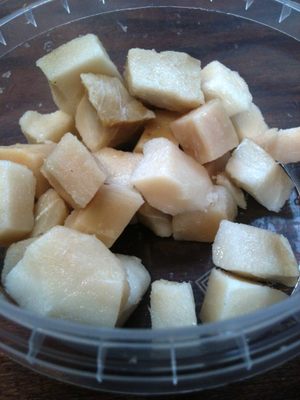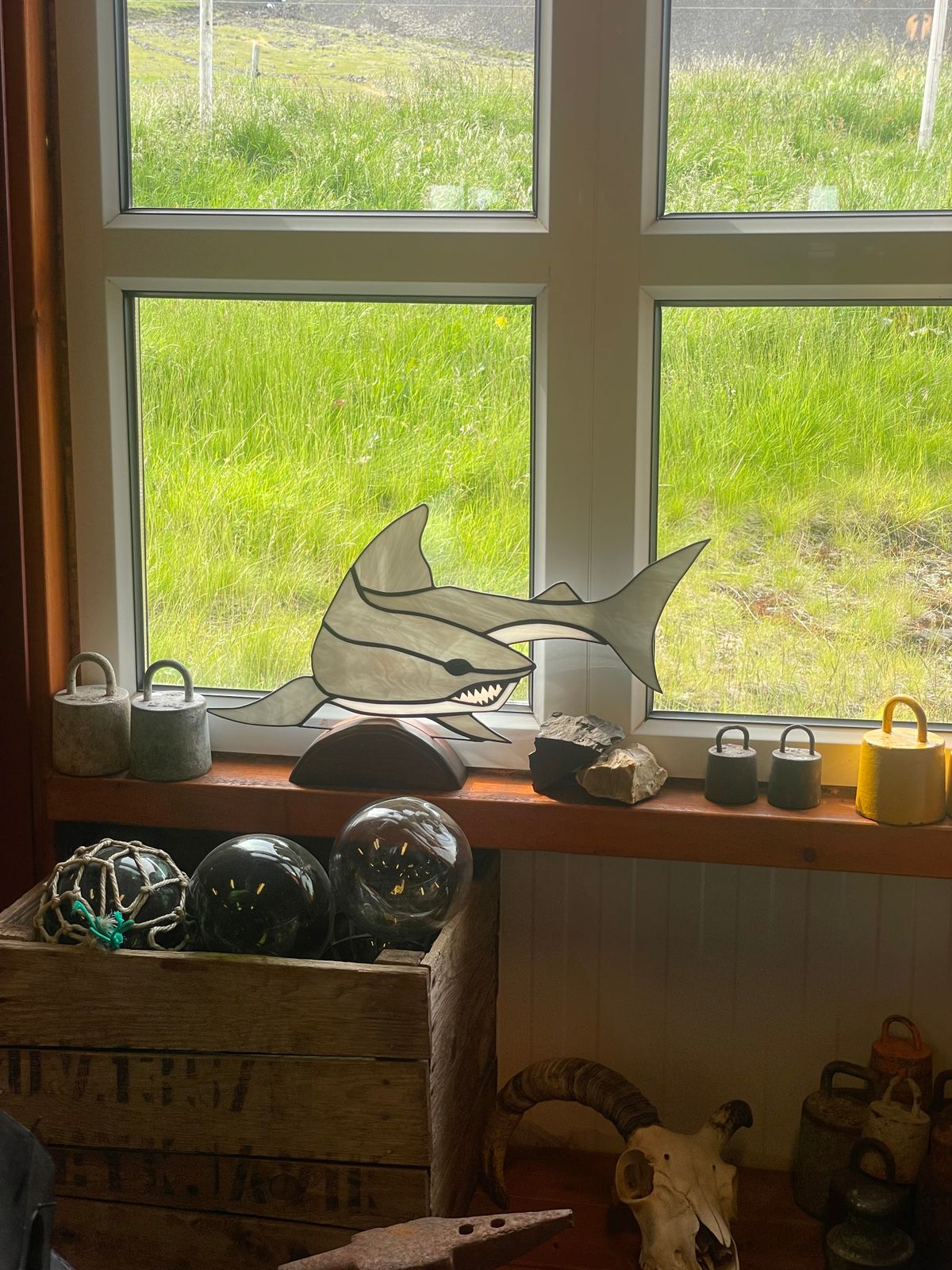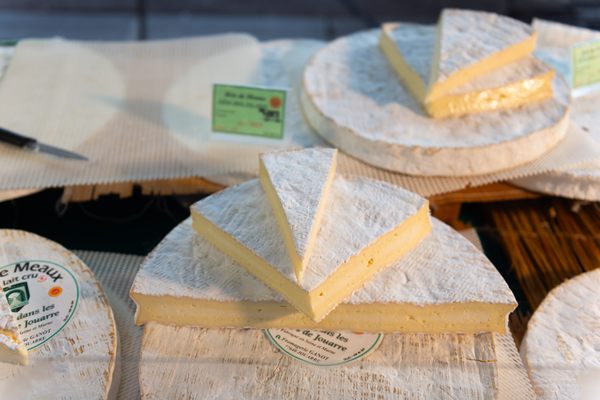About
Iceland is well known for its unique geography, from hot springs to glacier-covered volcanoes. But the food culture of this island nation is just as intriguing as its icy volcanoes. On Iceland's western coast, a museum showcases one of its most distinctive dishes: hákarl, or fermented shark.
The Bjarnarhöfn Shark Museum is a farmstead where visitors can sample this unique dish and learn about the process that goes into making it. If consumed fresh, Greenland shark is poisonous, but after fermentation, the toxin in it is neutralized. Traditionally, the shark meat was buried in the ground and left to ferment for six to twelve weeks, after which it would be hung to dry for several months. As the meat dried, a brown crust would form upon it, which was cut off before consumption. Nowadays, the shark meat is fermented in plastic containers, but otherwise, the process remains largely the same.
As the main producers of hákarl in the region, the owners of the Bjarnarhöfn Shark Museum have created an exhibit that details the history of hákarl production, featuring commonly used tools and videos that explain the preparation process. Visitors are then treated to a sample of hákarl, which tastes similar to a strong, fermented cheese (if cheese had an ammonia-like aroma that made the eyes water and the nose burn). A shot of Brennivín schnapps, also known as “black death,” is offered alongside the shark meat, which visitors often use to chase the strong flavor of the shark from their palate. Visitors also receive a tour of the drying shed outside, where slabs of shark meat can be seen (and smelt) hanging from the rafters. Between the interesting exhibits and the samples, the Bjarnarhöfn Shark Museum is an excellent place to while away an afternoon while learning about one of Iceland's most unique culinary traditions.
Related Tags
Know Before You Go
The museum is open every day from 9:00 a.m. to 6:00 p.m. The entrance fee is $12.
Iceland in Summer: Journey through the South Coast & the Westman Islands
Explore Iceland's Myths, Wonders, & Landscapes.
Book NowCommunity Contributors
Added By
Published
October 19, 2018






